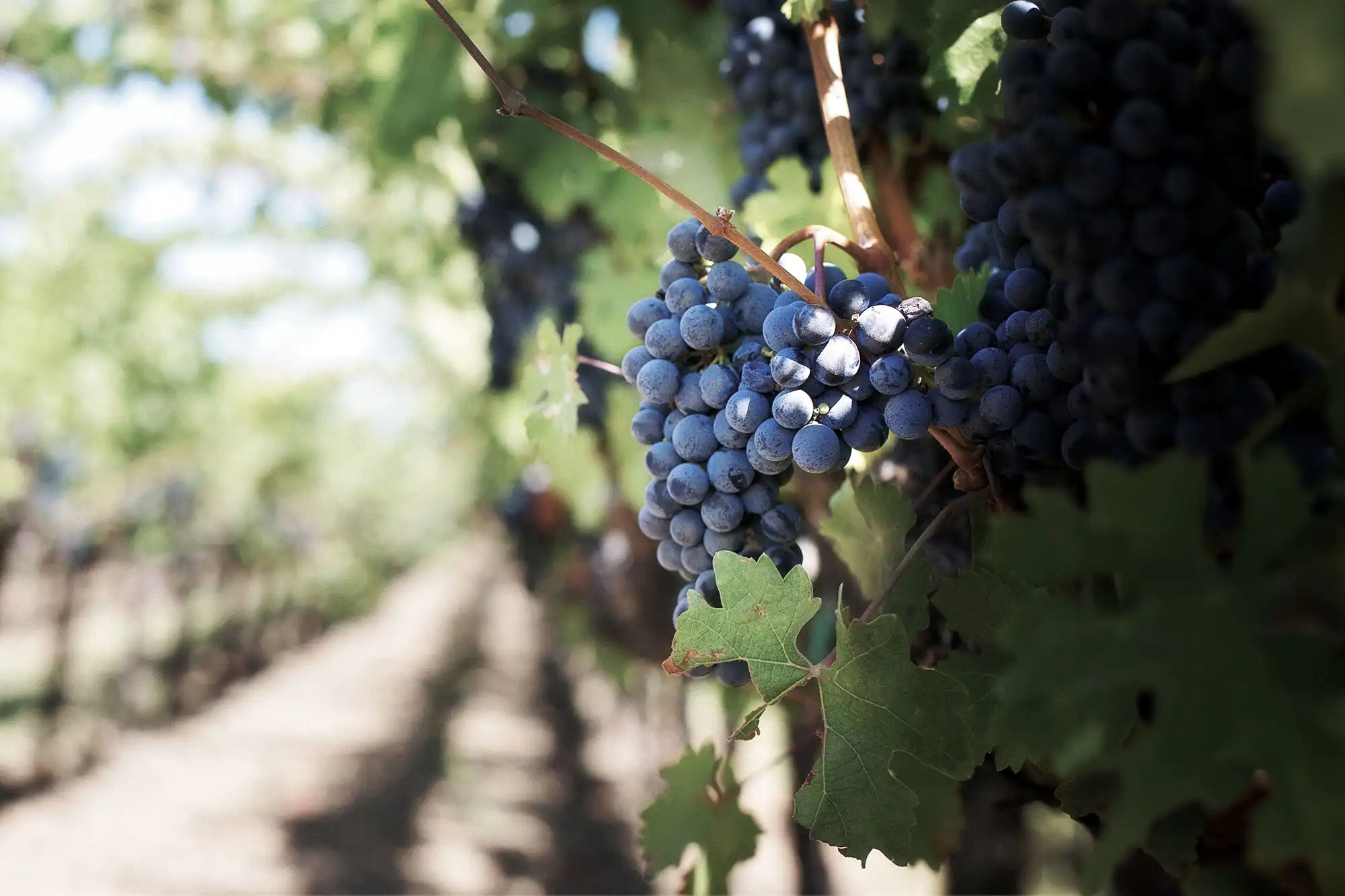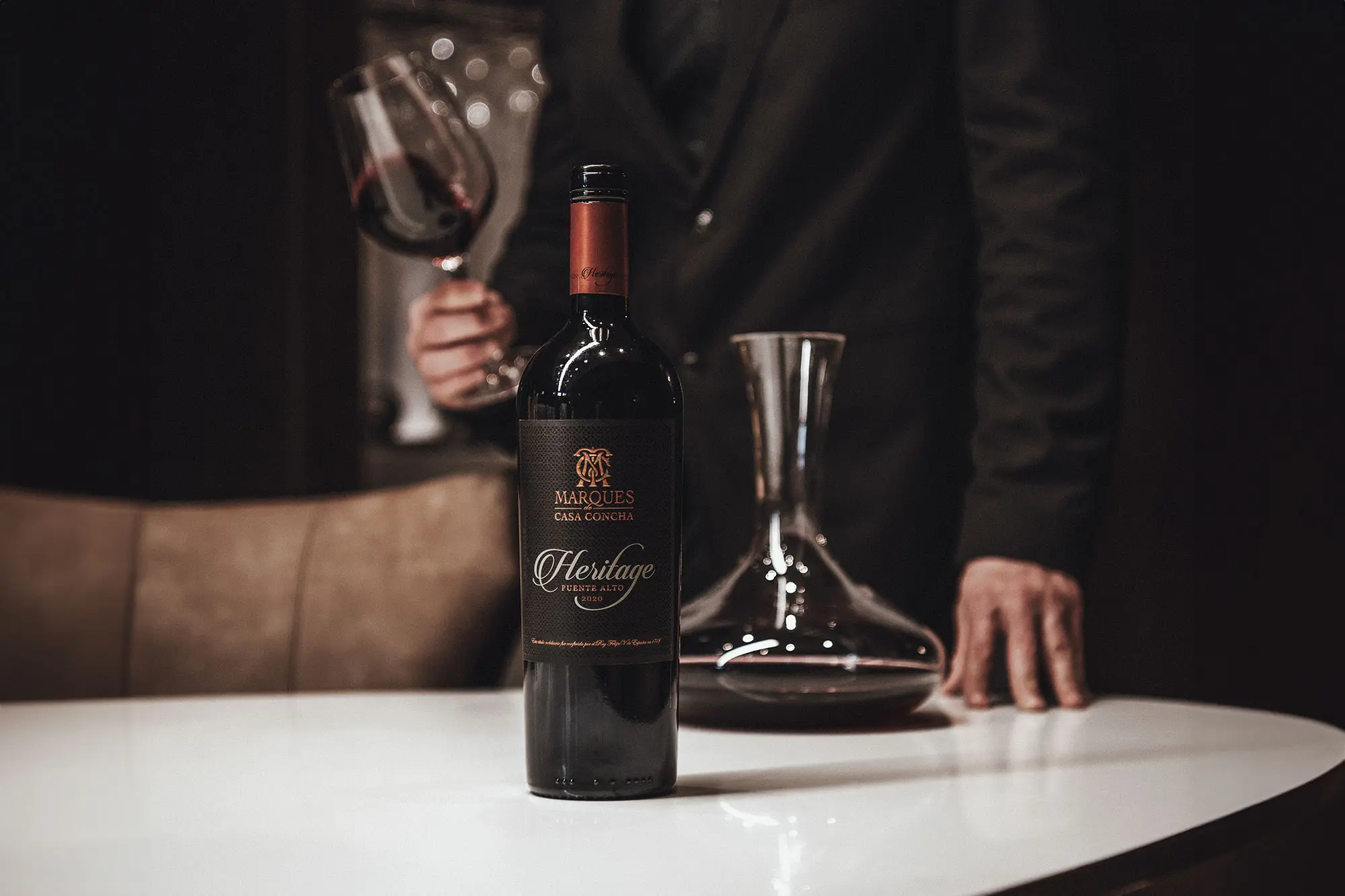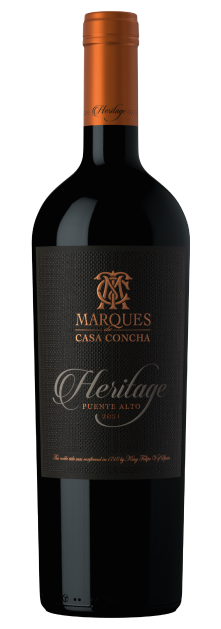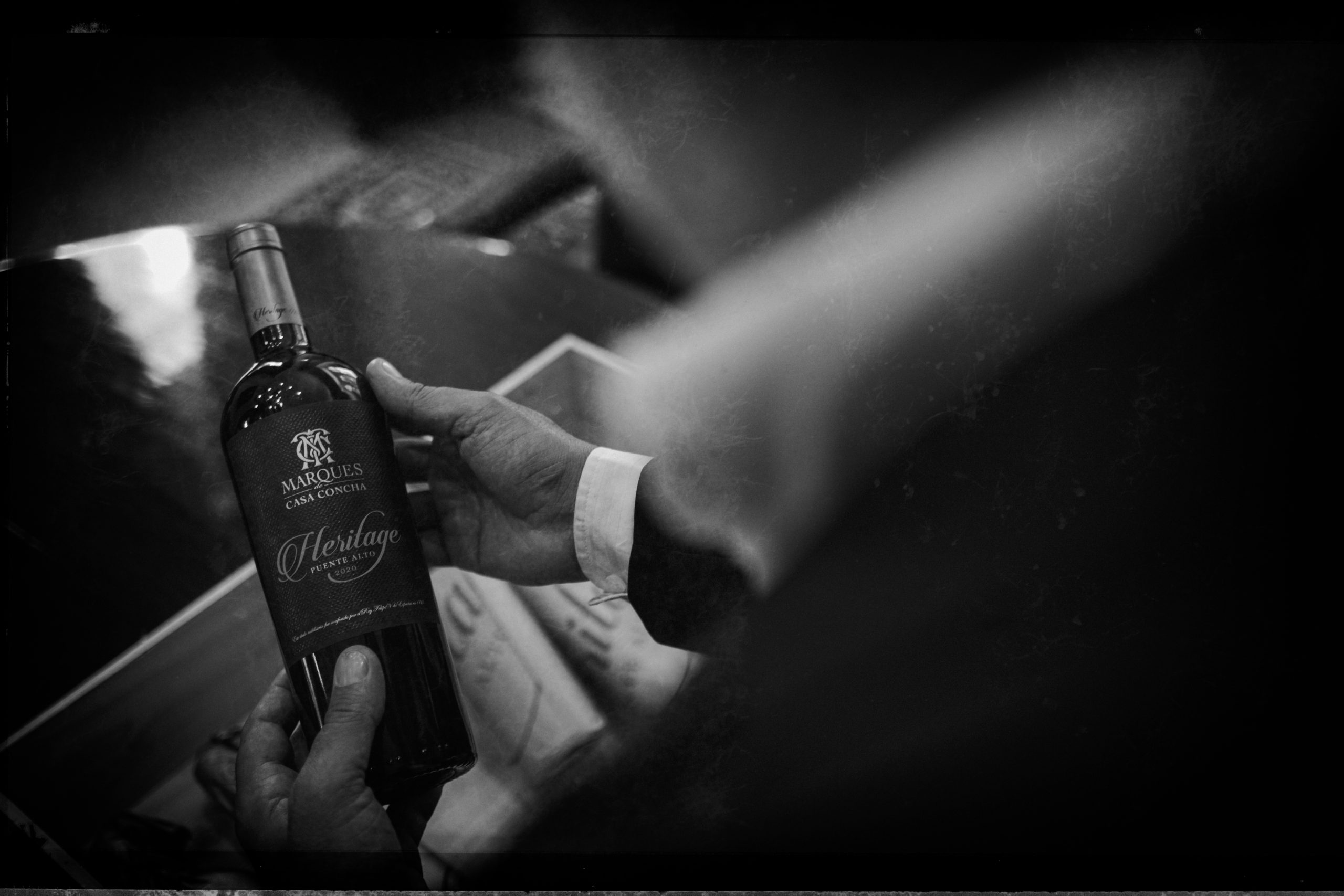Monday, October 23, 2023
What are Bordeaux blends?

Also called Bordeaux blends, they mix at least two traditional varieties from this region of France. It is one of the most famous combinations in the world and the proof that, in certain cases, the art of blending is key to obtaining exceptional wines.
Surely you have already heard about Bordeaux wines, or Burdeos in Spanish. It is the most famous wine-growing area in France, located in the southwest of the country and crossed by the Garonne River, where about 900 million bottles are produced each year. Bordeaux is also home to famous wineries such as Chateaux Lafite, Mouton Rothschild, Margoux, Latour and Haut-Brion, who create wines following the strict French appellation system which, in the case of Bordeaux, originates mostly red blends and a small percentage white blends.
But beyond the French appellation and its technicalities, when we talk about “Bordeaux blend” it is to refer to a wine that mixes traditional Bordeaux grape varieties, but without following a rule on the percentages of the blend or how the vineyards are worked, which, by the way, are not necessarily in France. A good example is Marques de Casa Concha Heritage 2021, from Alto Maipo Valley (probably the best area to produce Cabernet Sauvignon in Chile), which brings together 76% Cabernet Sauvignon, 24% Cabernet Franc and in some vintages a small percentage of Petit Verdot. The result? A wine of great aromatic complexity, with notes of cherry, cassis, cedar, blackberry and tobacco. With a soft, almost silky texture and a firm tannic structure, it is ideal to pair with grilled red and game meats.
Varieties in red and white blends
In the case of Red Bordeaux blends, the predominant varieties are Cabernet Sauvignon and Merlot, which are complemented by other grapes such as Cabernet Franc, Malbec, Petit Verdot and Malbec. Sometimes a small percentage of Carmenère may also be included. Resulting in wines with a medium to full body, due to their notable presence of tannins, whose aromas will depend on the varieties used. Notes of black currants, cassis, cherries, ripe or fresh fruit, graphite (given by Cabernet Franc), minerality, aromas provided by barrel aging and firm tannins that help these wines be stored and aged for years, are some of the characteristics of Red Bordeaux blends. In the case of Marques de Casa Concha Heritage 2021, for example, its aging potential is about 20 years.
The particularity of these wines is the result achieved after blending, where the combination of two or more varieties makes the final wine much more interesting than the varieties alone. Greater complexity of its aromas and flavours, greater structure, as well as greater aging potential are its main qualities.
When we talk about White Bordeaux blends, Sauvignon Blanc and Semillon predominate, which are complemented by other native Bordeaux varieties such as Sauvignon Gris or Muscadelle. In the Bordeaux region these blends correspond to only 10% of production, while 90% is destined for red blends. In any case, many people like these white blends that offer dry and sweet white wines (Sauternes), offering a range of options that move from light and fruity wines to delicious creamy wines with flavours reminiscent of honey.

Around the world, Bordeaux’s influence has been primarily in the world of red blends. These have given rise to millions of versions around the world, where the various types of climates and soil have allowed the creation of versions that reflect the terroir of each wine-growing area. Marques de Casa Concha Heritage, in this case, comes from a vineyard with fantastic characteristics and very similar to those of the Don Melchor vineyard, guaranteeing excellence and quality. Have you tasted it?



